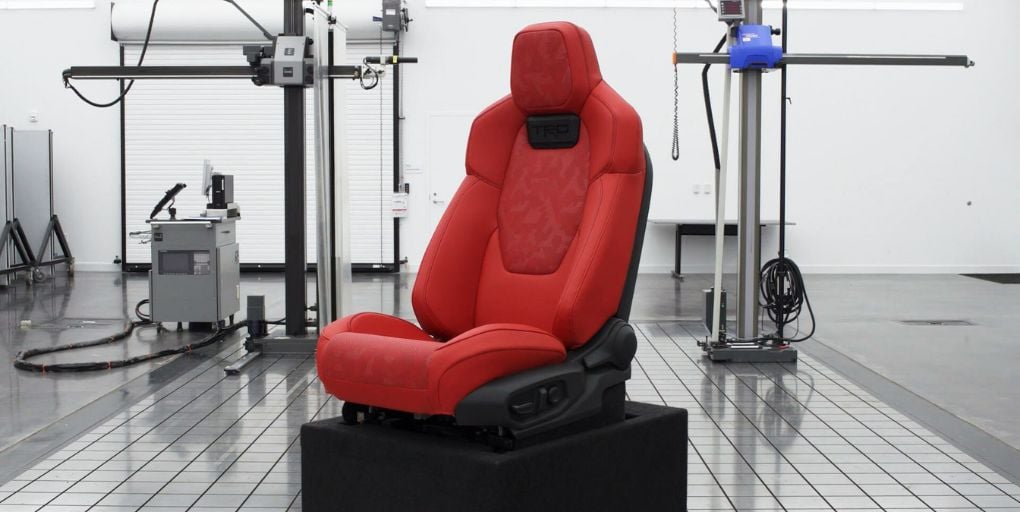Toyota is highlighting its leadership in automotive innovation. The automaker says for the 10th consecutive year, it's been awarded more patents from the United States Patent and Trademark Office (USPTO) than any other automaker according to an annual report by the Intellectual Property Owners Association (IPO).
Toyota says despite a challenging year that saw a 3% overall decline in patents granted across all industries in the United States, Toyota ranked seventh among all companies awarded patents in 2023, receiving a total of 2,667 patents (down 12 percent from 2022.)
“This achievement continues to underscore Toyota’s unwavering commitment to innovation, particularly in areas critical to the future of mobility such as electrification and intelligent transportation solutions,” said Sandra Phillips Rogers, senior vice president of Corporate Resources and chief legal officer at Toyota Motor North America. “Our focus is on creating sustainable and advanced technological solutions and contributing to the betterment of society and the industry at large, all while ensuring our innovations are recognized through filings with the USPTO.”
For comparison:
- #7 Toyota - 2,667
- #15 Hyundai - 2,052
- #22 Ford - 1,306
- #28 Honda - 1,142
- #45 GM - 870
- #79 Porsche - 521
- #113 Rolls-Royce - 378
- #140 Nissan - 305
- #151 Subaru - 279
You can see the IPO's complete list of the top organizations granted U.S. patents in 2023 here.
Toyota's 2023 patents include:
- Kinetic Seat Cushion for Vehicles –A key element of the IsoDynamic Performance Seat, debuting exclusively on the all-new 2024 Toyota Tacoma TRD Pro that helps provide a smooth, confidence-inspiring ride for those in the driver and front passenger seats. The ISO D seat assembly absorbs vehicle inputs vertically and laterally, reducing the overall load and impacts onto the vehicle occupant.
- Woven Carbon Fiber Reinforced Steel Matrix Composite – A carbon fiber fabric of long, organized fibers within a steel matrix that produces a lighter weight material without sacrificing performance. By layering the carbon fiber in a weaving pattern sintered with steel nanomaterial, the composite is stiff. This innovation can be used for lightweight vehicle parts where engineered forms of steel are needed.
- Systems and Methods with Dual Function Coil Providing In-vehicle Wireless Power – This innovation for traction-battery-equipped vehicles (PHEVs & BEVs) uses a dual function coil, installed in the vehicle, that can wirelessly receive power from the grid for recharging the battery and transmit power for the integrated auxiliary power supply. The technology eliminates the need for bulky cables, many connectors, and duty plugs to provide in-vehicle charging and small load power supply (for cabin lights, screens, mobile devices, etc.), thereby enhancing convenience and system integration as well as reducing space needs, cost, and weight of the vehicle.
“Toyota team members work very aggressively at research and development to discover cutting-edge technology for propelling the company forward,” said Frederick Mau, intellectual property counsel and director of Patent Licensing for Toyota Motor North America. “It’s impressive to see the fruits of their efforts reflected in these rankings every year.”
Globally, Toyota says it spends approximately $1 million per hour on R&D, to ensure it rapidly and continuously develops cutting-edge, high-quality, and appealing vehicles and technologies. Toyota also says its commitment not only delivers on the needs of customers but also anticipates its role in future societal progress.
Photo: Toyota.

